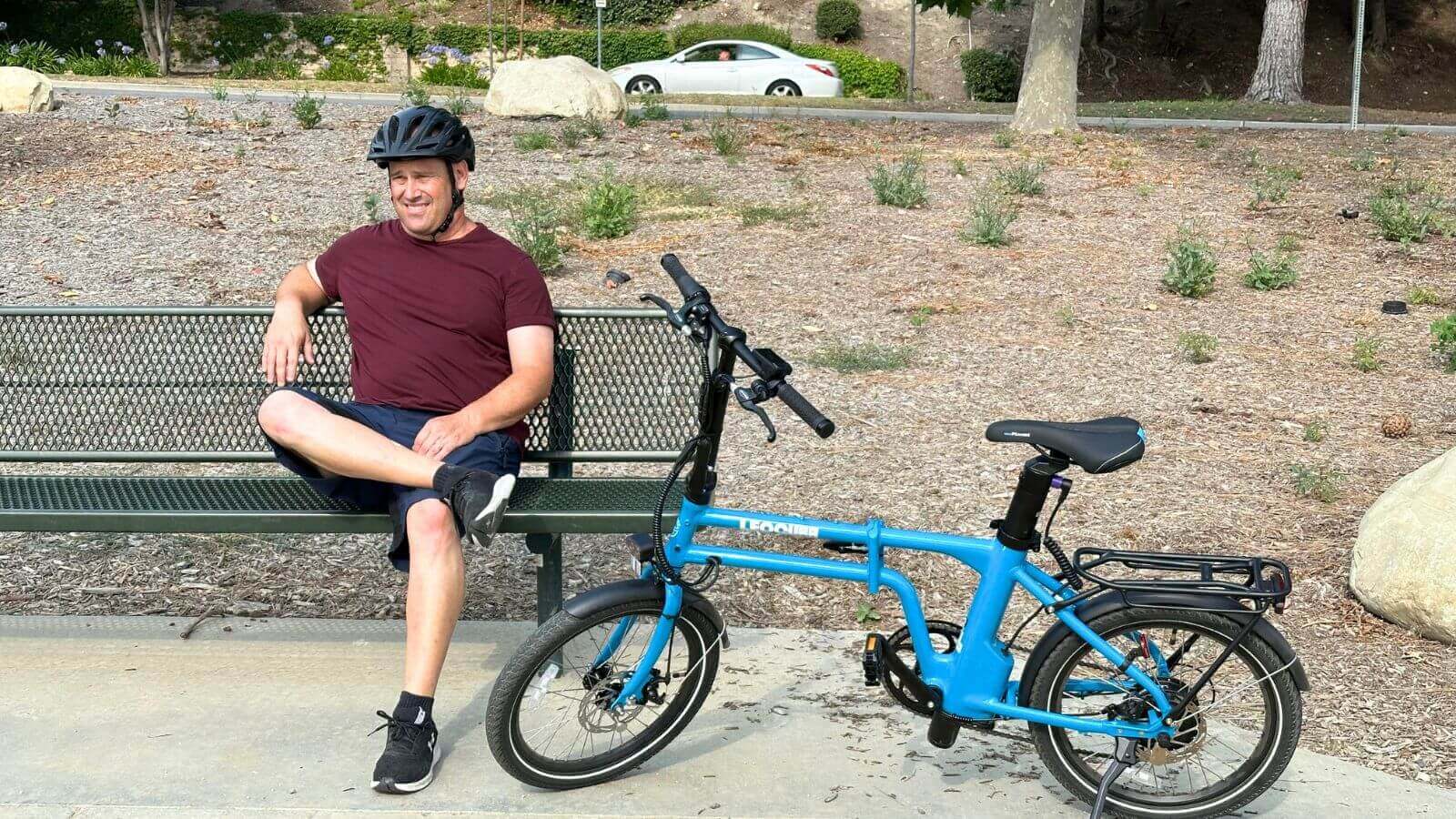
Don’t Fry Your Battery! The Ebike Charger Mistakes to Avoid
Why Charger Safety Matters?
Taking care of your ebike battery is very important to avoid costly repairs and make your battery last longer. Overheating, short circuits, and voltage problems can damage your battery quickly. Many riders have seen their batteries reach dangerous temperatures because of bad charging habits, causing damage that can't be fixed. These mistakes happen all the time; repair shops often see batteries that were ruined simply because users didn't follow the maker's instructions.
Using the wrong charging method can trigger chemical reactions inside your battery that hurt its life, cause swelling, or even break the circuits permanently. Overcharging or using the wrong charger can turn a simple error into an expensive problem, as many riders have discovered the hard way. The risks go beyond just damaging your battery; bad charging practices can also void your warranty and create safety hazards.
This article will help you understand how your ebike battery and charger work. We'll explain technical stuff in simple language based on real experience. First, we'll cover basic knowledge about batteries and chargers. Then we'll talk about common mistakes, the science behind battery failure, and finally, proven ways to charge safely. You'll learn what can go wrong and how to protect your valuable battery using expert advice.
Understanding Your Ebike Battery & Charger Basics
Most ebike batteries use lithium-ion technology. They work best when voltage and current are carefully controlled. Ebikes typically use 36V, 48V, or 52V systems, which determine how powerful your bike will be. Battery capacity is measured in amp-hours (Ah), which tells you how long your battery will last between charges.
Ebike chargers control how electricity flows into your battery through specific charging cycles. These cycles prevent overcharging and keep the battery from getting too hot. Most modern chargers have built-in Battery Management Systems (BMS) that monitor temperature, voltage, and current to charge safely. They automatically stop charging when the battery is full, helping prevent excess heat that can damage your battery.
Never ignore what the manufacturer tells you about charging. The balance of voltage and amperage must follow exact guidelines from the maker. Using a charger with even slightly wrong specifications can stress your battery, reducing its life or breaking it completely. Specific numbers matter - a fully charged 36V system reaches 42V, while a 48V system reaches 54.6V when full.
Understanding how batteries work and how charging affects them helps make the process less mysterious. Knowing these basics helps you spot potential problems early. Following exact specifications, safety rules, and manufacturer guidelines creates a strong foundation for keeping your battery healthy and performing well.
Common Charger Mistakes to Avoid
Using an Incompatible Charger
Using a charger that doesn't match your battery's specs is a big mistake. The wrong voltage or wattage forces your battery to work under stress and shortens its life dramatically. Your battery could overheat or suffer permanent damage. Battery experts have seen many cases where mismatched chargers destroyed batteries beyond repair.
Using the right charger is essential for battery health and safety. Incorrect chargers can cause serious problems by delivering the wrong amount of power to your battery. Many riders have learned this lesson after expensive repairs or replacements.
Ignoring Manufacturer Guidelines
Not following the manufacturer's specific recommendations can lead to serious safety issues. Third-party or homemade charging setups often lack proper safety features for your model. Such shortcuts can cause overcharging and create electrical hazards.
Users who ignore guidelines often face unexpected battery failures. The manufacturer tested their charging system specifically for your battery, so their instructions matter.
Overcharging and Insufficient Charge Control
Overcharging quickly leads to thermal runaway—where your battery creates too much heat. Even though modern chargers often shut off automatically, relying only on these features without watching the process can be risky. Many users have seen their batteries get very hot or swell up, showing why proper charge control matters.
Setting up a schedule for unplugging and checking on your battery during charging helps prevent these problems. Never leave your battery charging for days at a time.
Charging in Poor Environmental Conditions
Where you charge matters a lot. Charging in extreme heat or cold can harm both the battery and charger. Poor airflow makes overheating even more likely. Real cases have shown that even briefly charging in a hot, stuffy space can create dangerous conditions, including short circuits and chemical instability in the battery.
Always charge in a moderate-temperature room with good air movement. Avoid charging in direct sunlight or in very cold areas.
Using Damaged Cables or Connectors
Even small damage to cables or connectors can cause serious safety problems like short circuits and sparks. These sparks can quickly ruin the charging port and the battery itself. Regular wear and tear that isn't fixed has caused early battery failures for many riders.
Check your cables often and replace any that show damage. Short circuits from frayed wires have caused deadly fires, showing why regular checks are so important.
Each of these mistakes has real-world consequences. The errors can be summarized as follows:
| Mistake | Potential Consequences |
| Using an Incompatible Charger | Overheating, stress on battery, reduced lifespan |
| Ignoring Manufacturer Guidelines | Voided warranties, improper charging, risks of fire |
| Overcharging | Heat buildup, battery swelling, thermal runaway |
| Charging in Poor Environmental Conditions | Short circuits, chemical instability, performance loss |
| Using Damaged Cables or Connectors | Sparks, short circuits, potential fire hazards |
These examples show that each mistake has real consequences based on common experiences. Repair technicians have repeatedly seen the financial and safety impacts of these errors. The table above clearly shows the risks of each mistake, highlighting why careful attention and regular maintenance matter so much.
How Charger Mistakes Can "Fry" Your Battery
"Battery frying" means causing damage that can't be fixed when a battery overheats and its chemicals break down. Overheating is the main cause that starts this harmful process. Too much current from a wrong charger forces the battery to work beyond its limits, creating a lot of heat. This heat damages the liquid inside and the circuits, breaking important parts.
A short circuit happens when damaged cables create an unexpected path for electricity. Voltage spikes often occur with low-quality chargers, overwhelming the battery's protection systems. The sudden energy surge can cause sparks, raising temperatures even more and speeding up damage. This can start a chain reaction where the first problem leads to more failures in the battery control system.
When we say a battery is "fried," it means the inside parts have been damaged so badly that the battery can't hold a charge properly anymore and might be unsafe to use. In technical terms, frying breaks down the lithium-ion cells, permanently reduces capacity, and creates a high risk of complete failure. Some damaged batteries swell noticeably or smell burnt—clear signs of serious internal damage.
Here's a simple breakdown of how a battery gets fried:
1. A wrong or damaged charger sends improper voltage/current.
2. Too much current causes high temperatures.
3. Rising heat leads to runaway heating in the battery cells.
4. Short circuits or voltage spikes create more internal damage.
5. Battery chemicals break down permanently, leaving the battery "fried."
This sequence shows why using correct, well-maintained charging equipment matters so much. The science behind battery failure shows that even small mistakes in charging can have big effects. Understanding this process helps explain why proper charging practices are essential. Each error risks not just battery performance but also the safety of your whole ebike system.
Best Practices for Safe Ebike Charging
Always follow the manufacturer's instructions. Use only the charger that came with your ebike and stick to the exact voltage and current ratings they specify. These guidelines ensure your battery charges within safe limits. Even small changes from these specs can cause overheating or shorten battery life.
Charge your battery ebike in a controlled environment with good airflow. A cool, well-ventilated area prevents heat buildup and helps heat escape naturally. Don't charge in small enclosed spaces or direct sunlight. Room temperature is best, as outside heat can make any internal problems worse.
Regularly check your charger and cables for problems. Look for signs of wear like frayed wires or loose connections. Replace damaged parts immediately to prevent short circuits. Plan regular inspections, especially after rough rides or bad weather.
Here's a step-by-step safe charging checklist:
1. Read and follow the manufacturer's guidelines exactly.
2. Use only the original or manufacturer-approved charger.
3. Check the charger, cables, and connectors regularly for damage.
4. Make sure the charging area is cool, has good airflow, and is clean.
5. Watch the charging process and unplug the charger when the battery is full.
6. Avoid charging overnight unless your charger has special overcharge protection.
7. Note any unusual signs (like excess heat or error lights) and ask a professional if something seems wrong.
For more safety tips, see the Lancashire Fire and Rescue Service Official Safety Tips. These guidelines reinforce the importance of proper charging and highlight the risks of ignoring safety standards.
Following these best practices every day ensures safe and efficient charging. The steps in this section come from real experience and industry-tested methods. Regularly using this checklist can greatly reduce charging errors and make your ebike battery last longer.

Unique Insights & Expert Tips
A real-world case study showed that following manufacturer recommendations dramatically reduced battery failures. In one example, a group of ebikes had many charging problems traced back to using universal chargers. Once they switched back to the proper chargers and revised their charging methods, failures dropped significantly. This real example shows the value of following established guidelines.
Industry experts regularly recommend periodic battery balancing and advanced monitoring to maintain performance. One top tip is to routinely check battery voltage levels and watch for early signs of swelling or uneven charging across cells. These checks provide early warnings and allow you to fix problems before serious damage occurs.
Experts also advise against costly aftermarket modifications that try to change the standard charging process. They stress that these "improvements" usually cause more harm than good. Unique insights also include advanced tools that can monitor battery performance in real time. These tools help you understand the charging cycle better and detect problems early.
These expert recommendations offer a fresh look at battery care. The advice here comes from detailed field analysis and years of industry experience. Advanced monitoring, regular diagnostics, and strict adherence to manufacturer guidelines together provide unique and valuable advice that makes this guide stand out from typical safety articles.
Conclusion & Key Takeaways
Avoiding common charger mistakes is crucial for keeping your ebike battery safe and making it last longer. Using incompatible chargers, ignoring guidelines, overcharging, charging in poor conditions, and using damaged cables can all lead to battery frying. Each mistake has serious consequences, from overheating to permanent damage.
The key takeaways are simple: follow the manufacturer's instructions strictly, charge in a controlled environment with good airflow, and regularly check and maintain your equipment. By following these best practices, you greatly reduce the risk of damaging your battery. Use the actionable checklist in this article as your guide to safe charging.
Following these expert guidelines will keep your ebike safe and efficient, protecting your investment while maximizing performance. We encourage all riders to stay informed, follow exact charging procedures, and regularly inspect their equipment. Your battery is a crucial part of your ebike, and proper care prevents costly repairs and extends its life.
FAQs:
1. What happens if I use the wrong charger for my ebike battery?
Using an incompatible charger can cause overheating, permanent battery damage, and significantly reduce lifespan. Always use the manufacturer-recommended charger with matching voltage specifications.
2. Can I leave my ebike battery charging overnight?
It's not recommended unless your charger has specific overcharge protection. Overcharging creates excess heat and can lead to thermal runaway, battery swelling, and chemical breakdown.
3. How often should I inspect my ebike charger cables and connectors?
Check them regularly, especially after rough rides or exposure to harsh weather. Look for fraying, loose connections, or damage that could cause dangerous short circuits.
4. What's the ideal environment for charging my ebike battery?
Charge in a cool, clean area with good airflow at room temperature. Avoid direct sunlight, enclosed spaces, extreme temperatures, and areas with poor ventilation.
5. How can I tell if my ebike battery has been "fried" by improper charging?
Watch for signs including noticeable swelling, burning smell, significantly reduced capacity, failure to hold a charge, and excessive heat during operation.




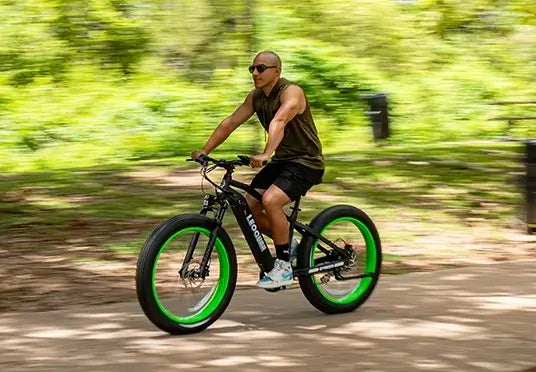
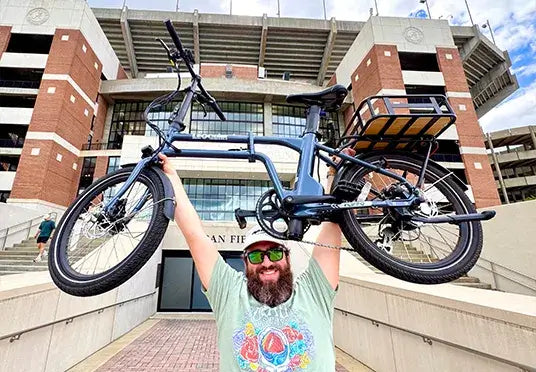





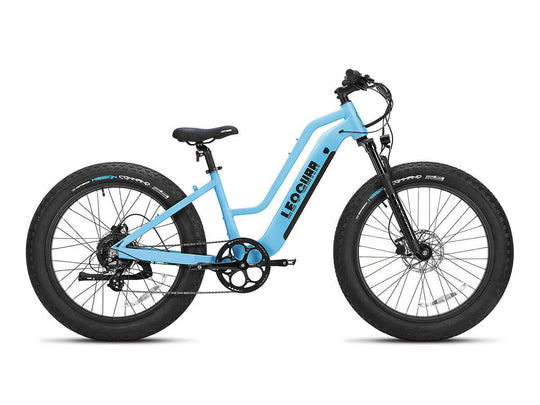
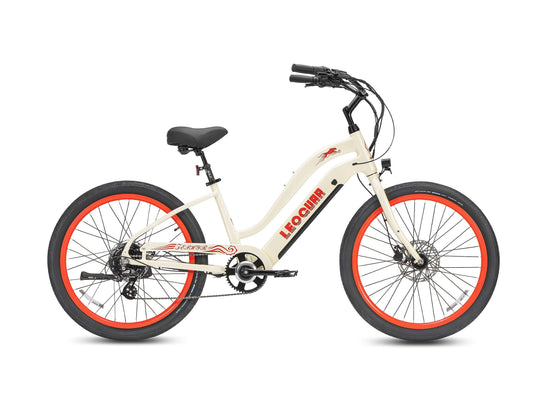


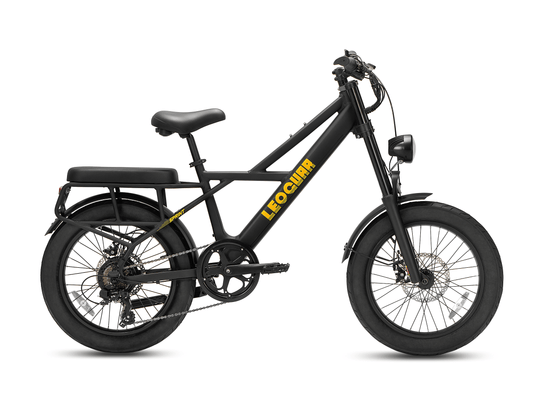

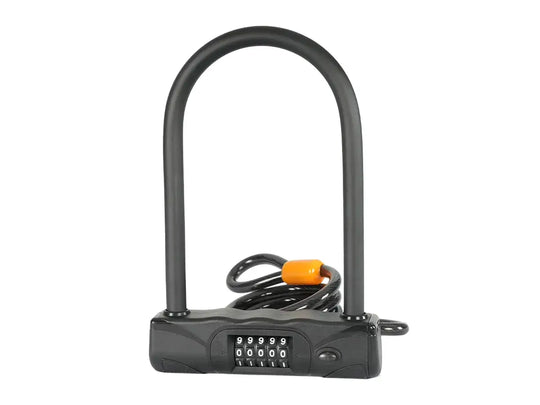
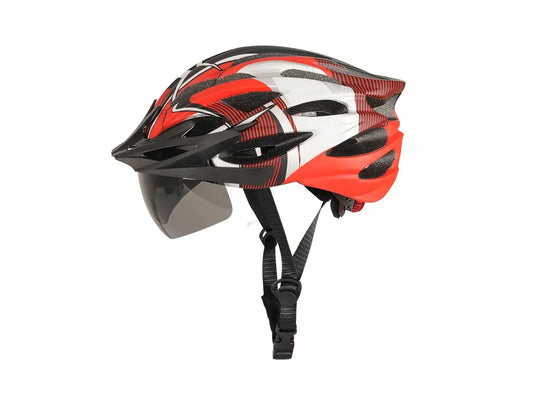
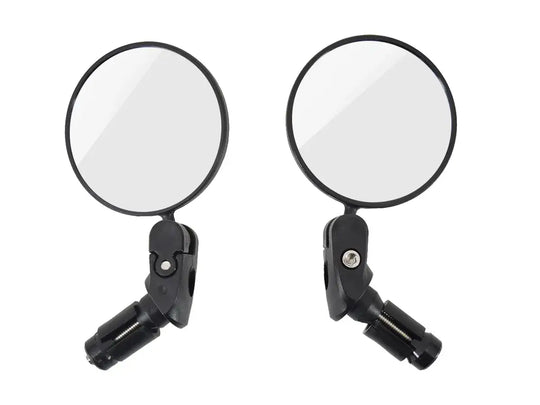

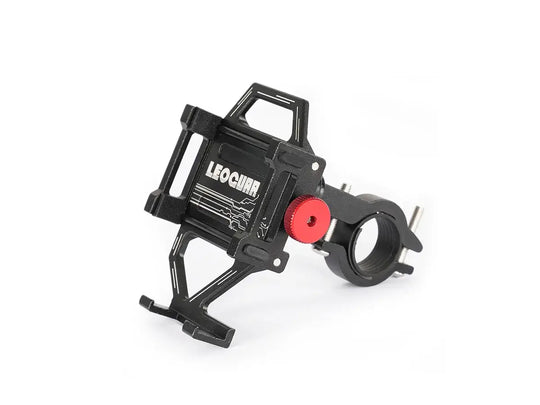
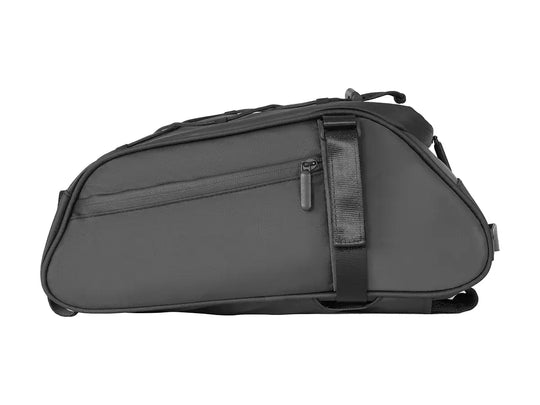

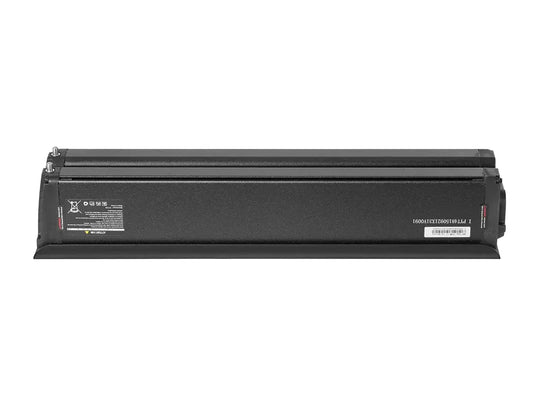
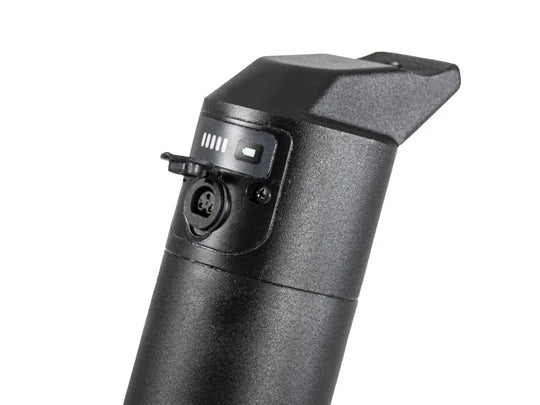
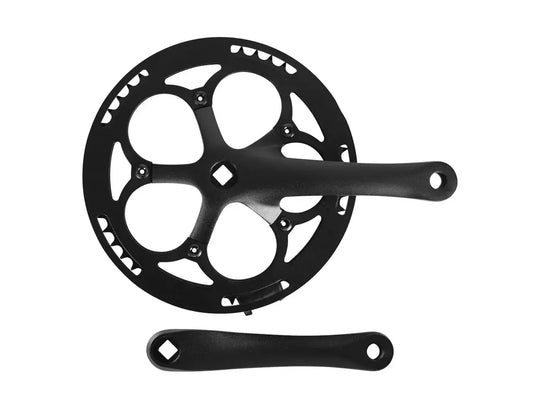
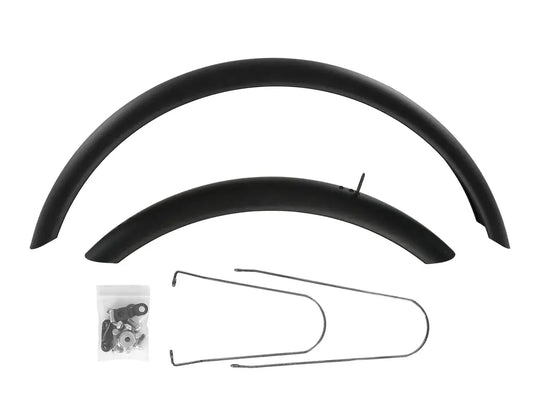
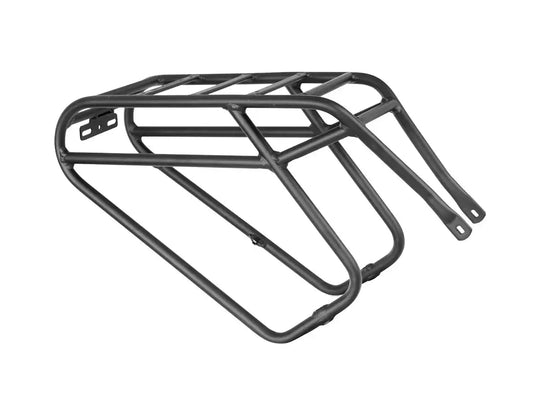
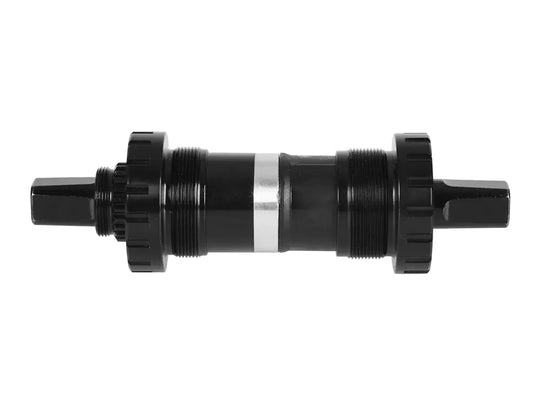
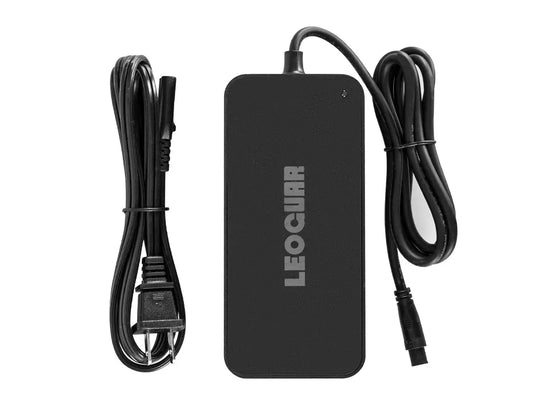
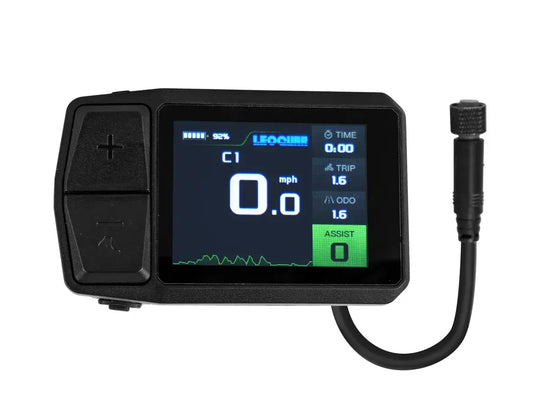
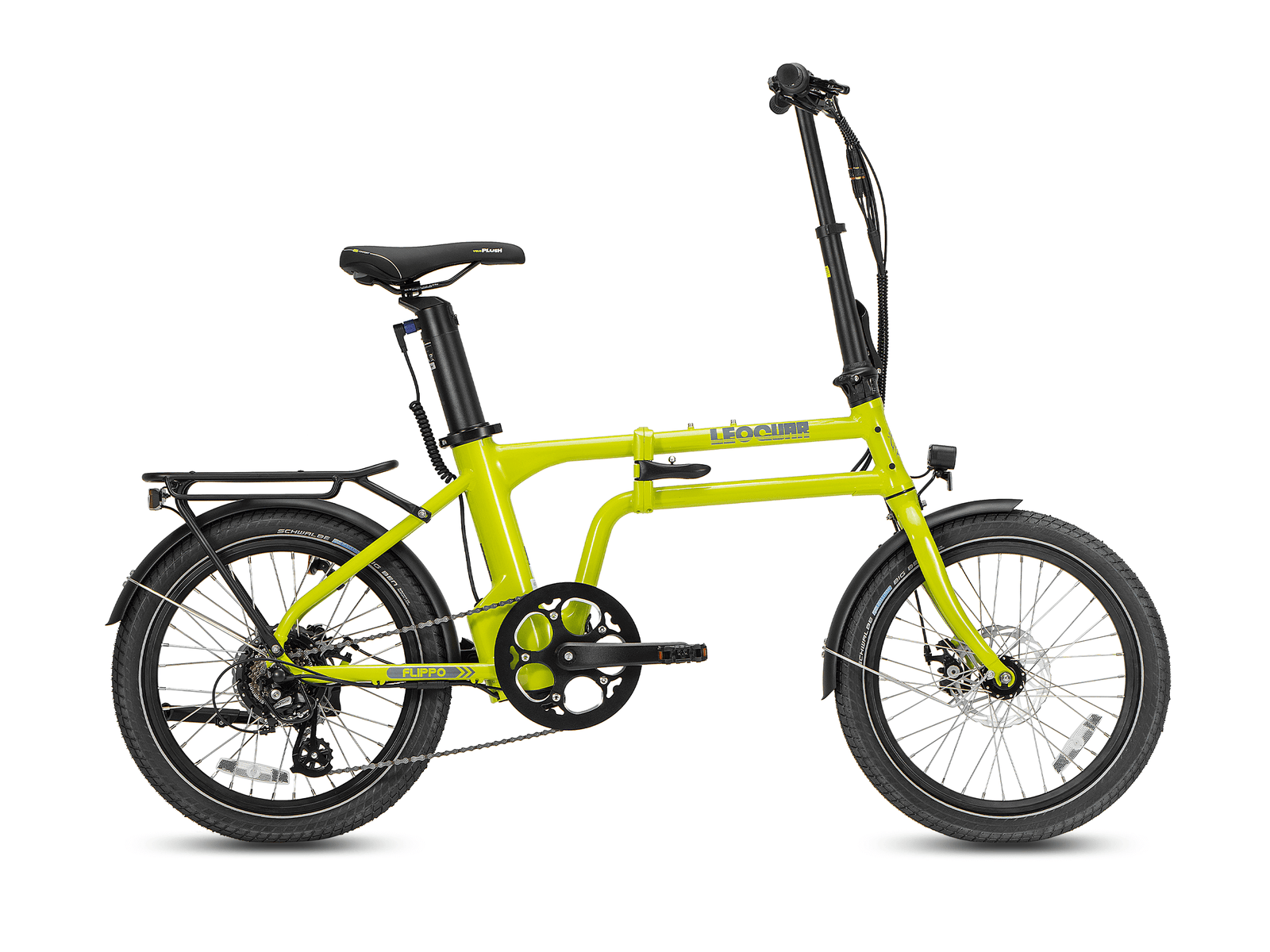








Leave a comment